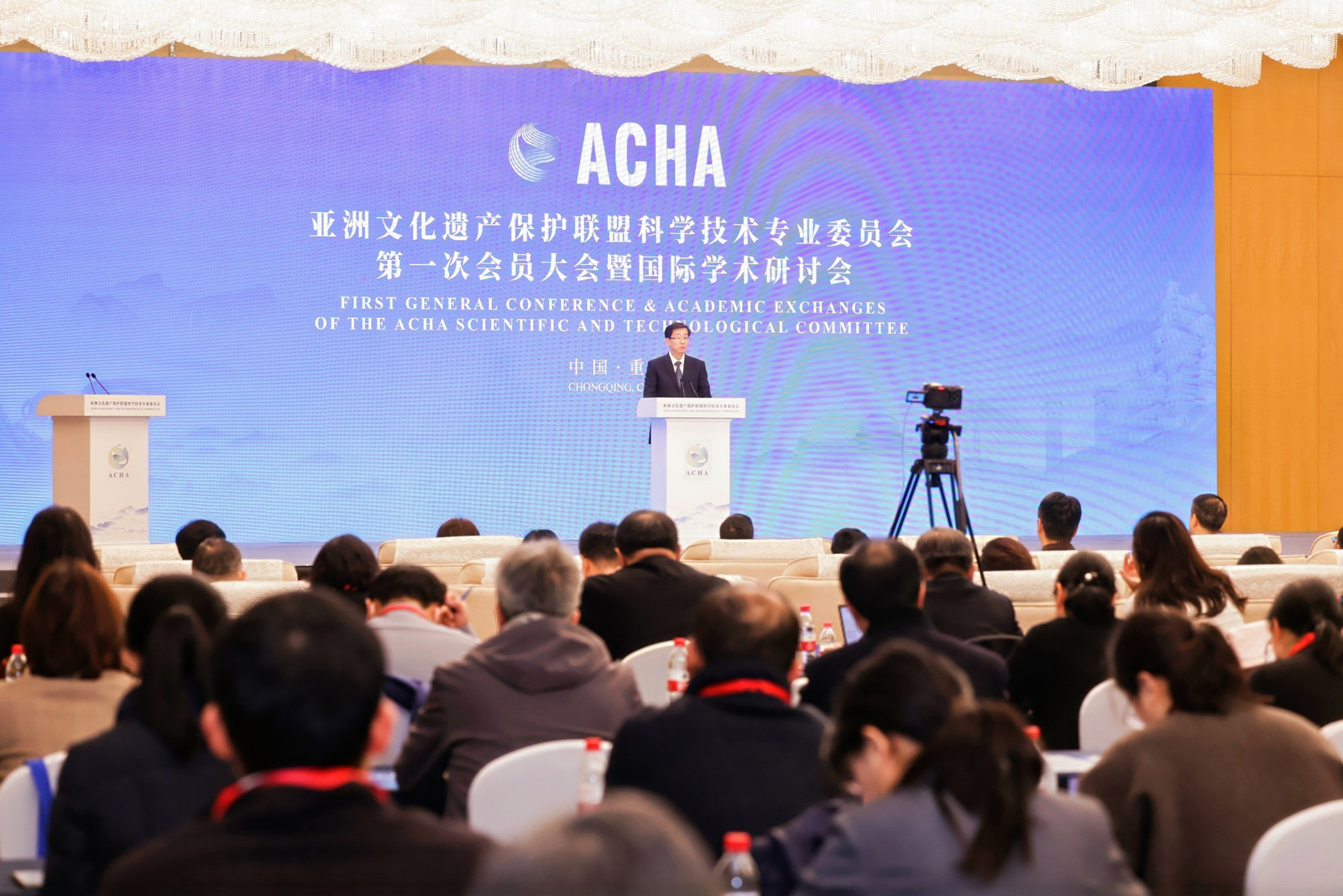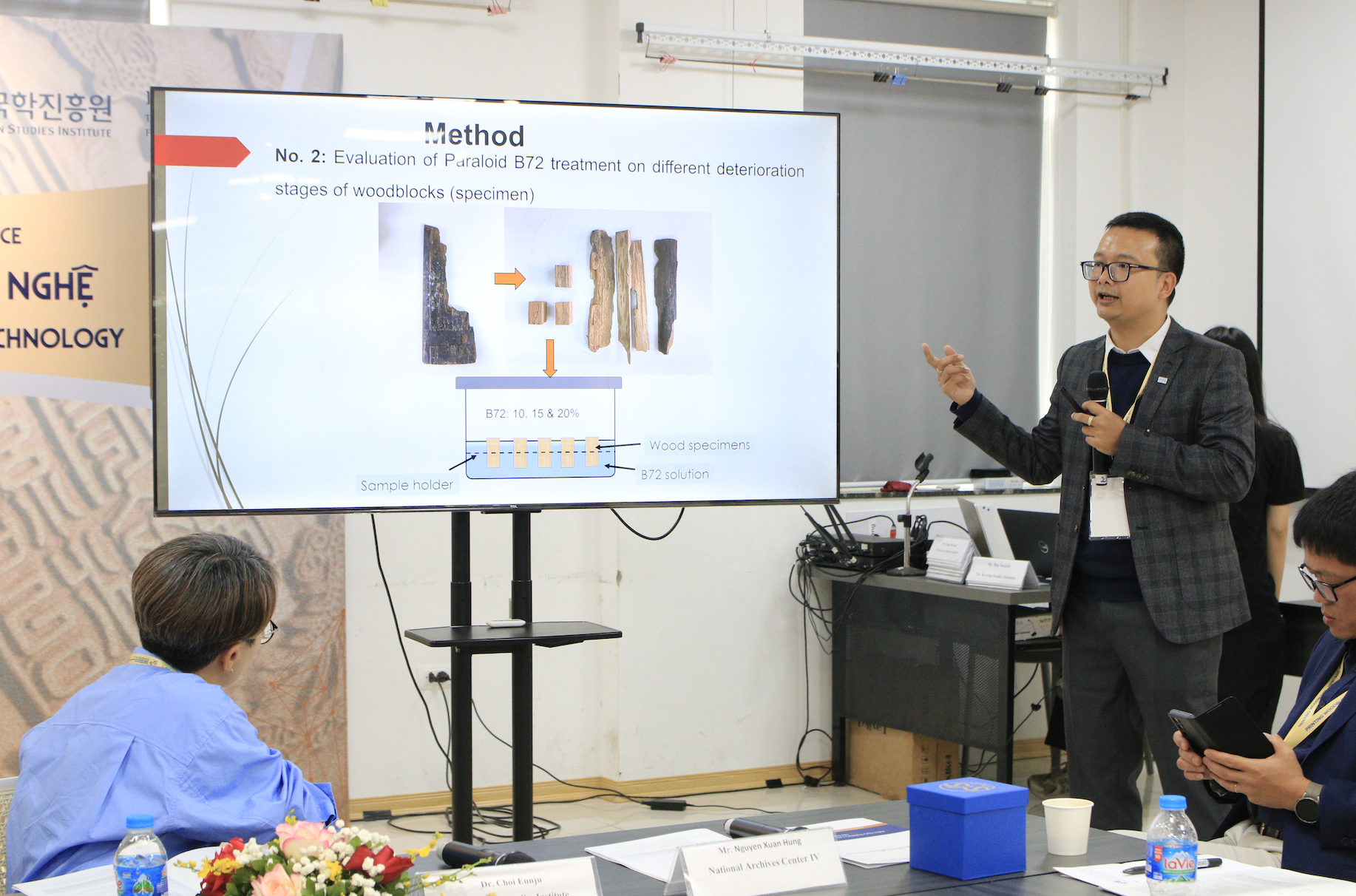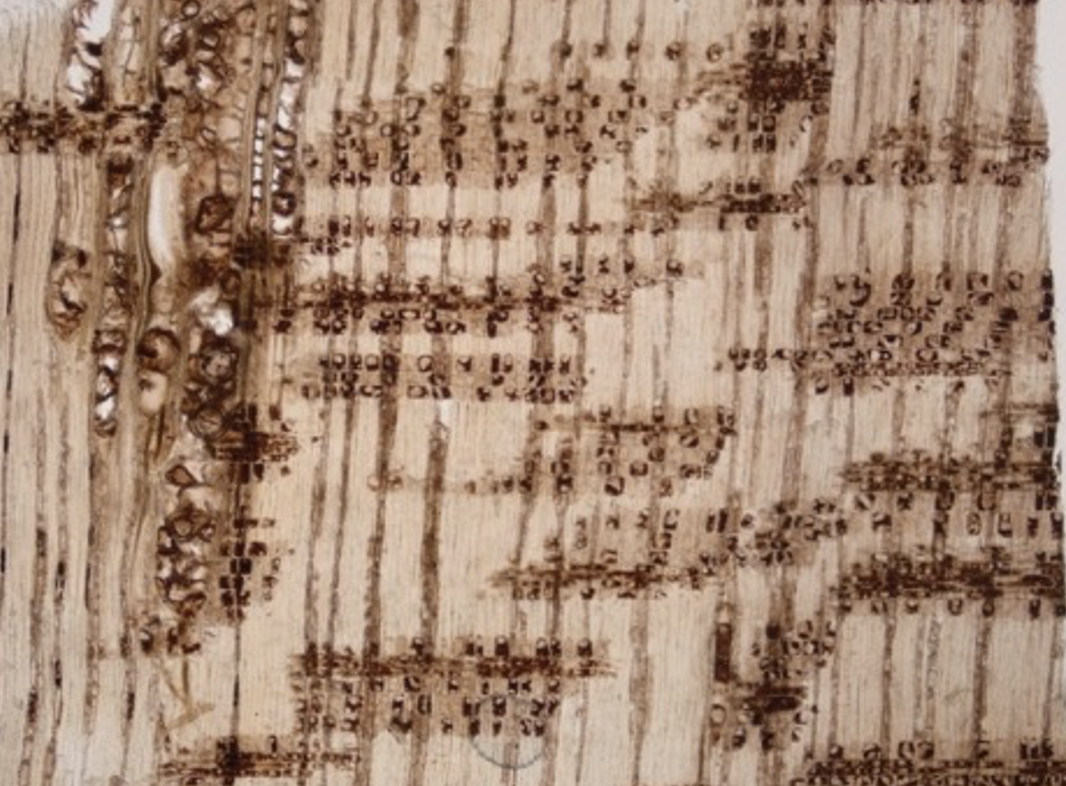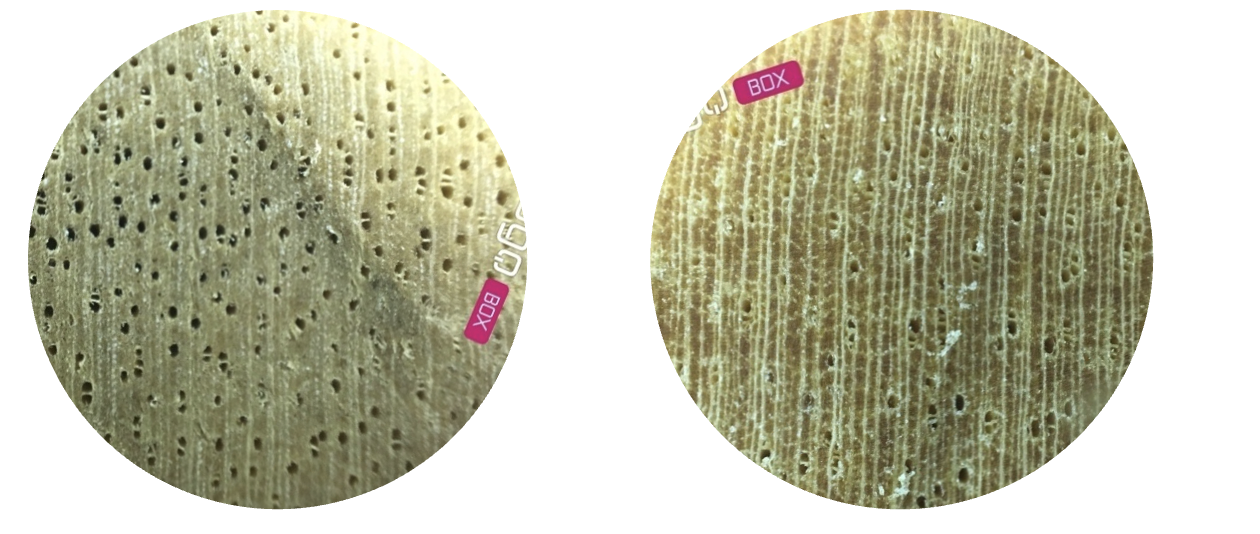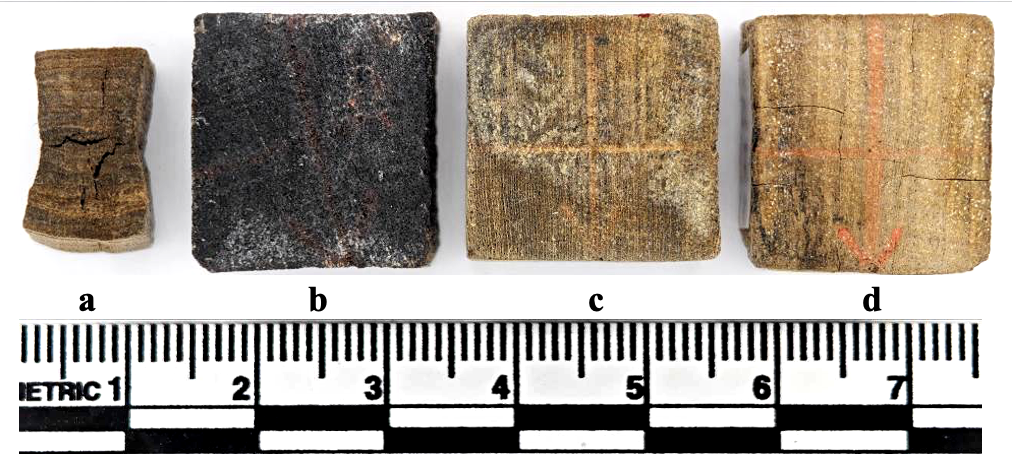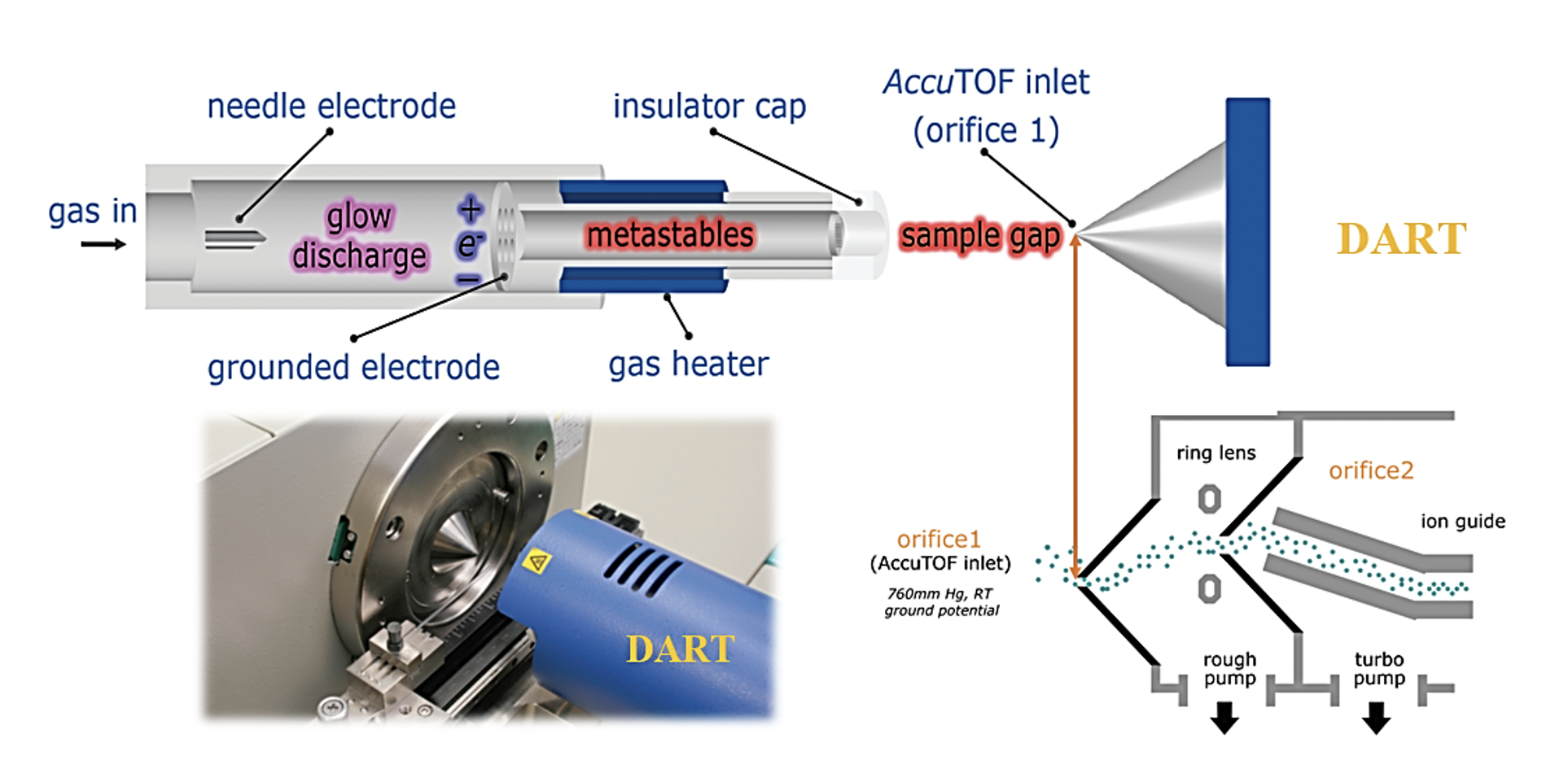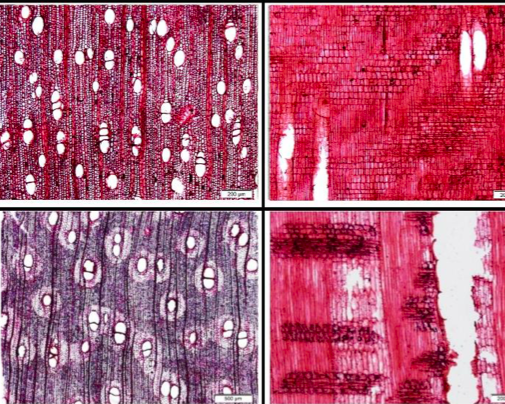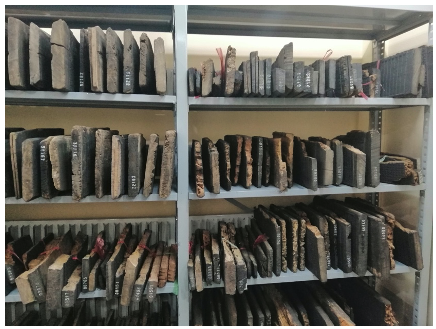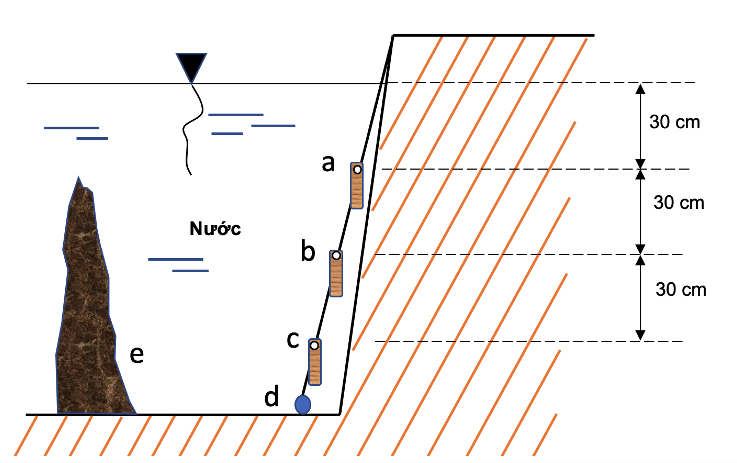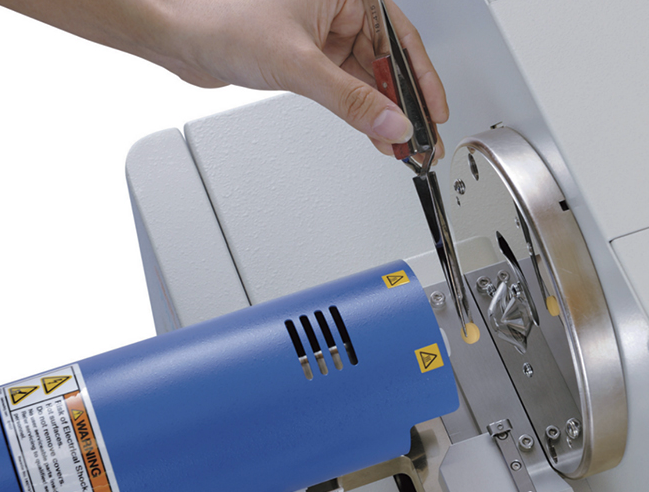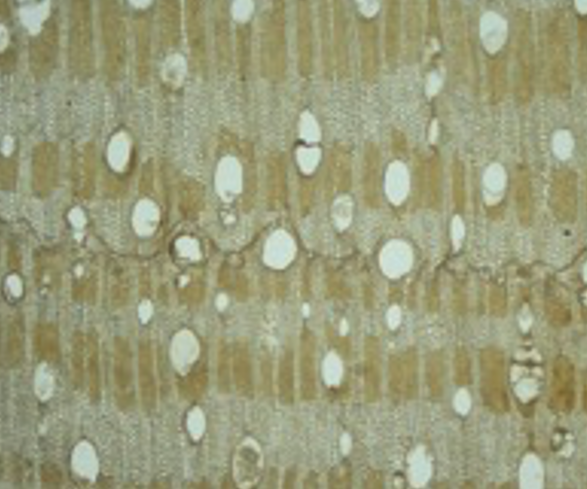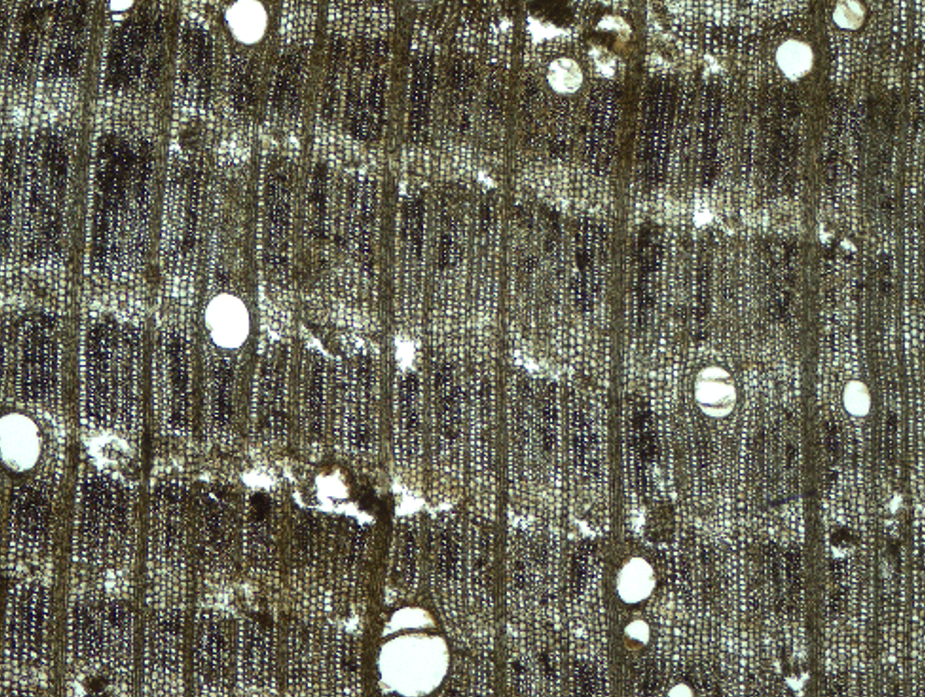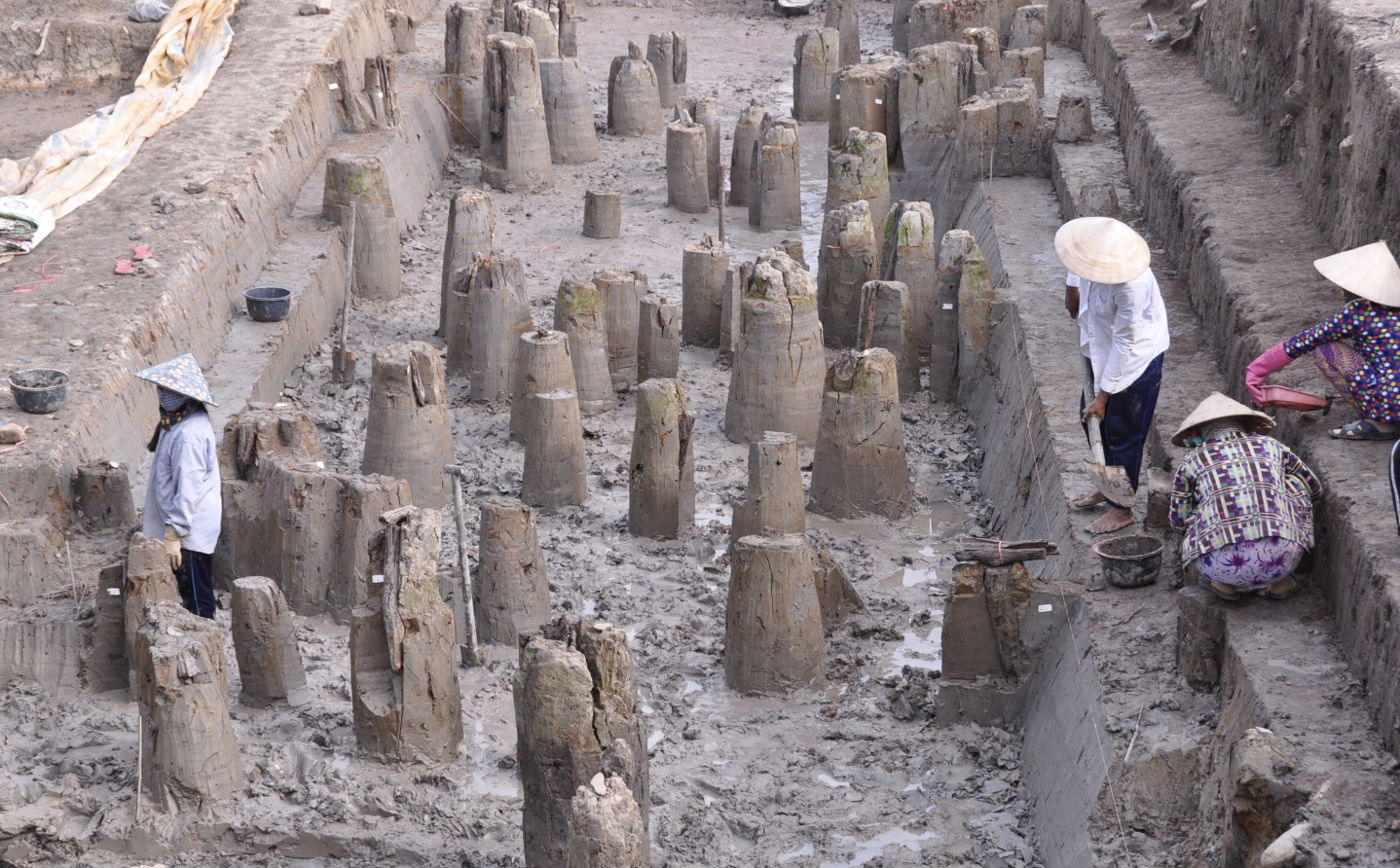Chủ Nhật, 02/08/2020, 13:19 (GMT+7)
TÓM TẮT
Kết quả nghiên cứu thí nghiệm xử lý bảo quản 03 loại gỗ khảo cổ ngập nước (archaeological waterlogged wood – WW) bằng colophan (COL) và polyethylene glycol 4000 (PEG) cho thấy sự ổn định kích thước của mẫu thí nghiệm được cải thiện đáng kể. Tùy thuộc vào từng loại gỗ, hệ số chống co ngót (ASE) của mẫu thí nghiệm được xử lý bằng COL đạt từ 90 đến 95%, trong khi đó hệ số này của mẫu thí nghiệm xử lý bằng PEG đạt từ 86% đến 97%. Quan sát cấu trúc gỗ bằng kính hiển vi điện tử quét cho thấy mẫu thí nghiệm sau khi được xử lý vẫn duy trì được cấu trúc và hình dạng tế bào ban đầu của chúng. PEG chủ yếu điền vào các khoảng trống trong gỗ gồm mạch gỗ và ruột sợi gỗ, trong khi đó COL lại hấp thụ vào các vách tế bào gỗ. Tỷ lệ phần trăm tăng khối lượng mẫu (R) mẫu xử lý bằng PEG cao gấp đến 2 lần so với mẫu xử lý bằng COL. Bên cạnh đó, mẫu được xử lý bằng COL có màu sắc sáng hơn so với xử lý bằng PEG. Nhìn chung, mẫu xử lý bằng COL có độ ổn định kích thước tốt hơn, phần trăm tăng khối lượng thấp hơn, màu gỗ sáng hơn và gỗ giữ được cấu trúc ban đầu nên có thể lựa chọn để thay thế PEG trong xử lý bảo tồn gỗ khảo cổ ở Việt Nam.
Từ khóa: Gỗ khảo cổ ngập nước× Độ ổn định kích thước × Colophan × Polyethyleneglycol
Link: https://vafs.gov.vn/en/2019/12/special-issue-number-2019/
